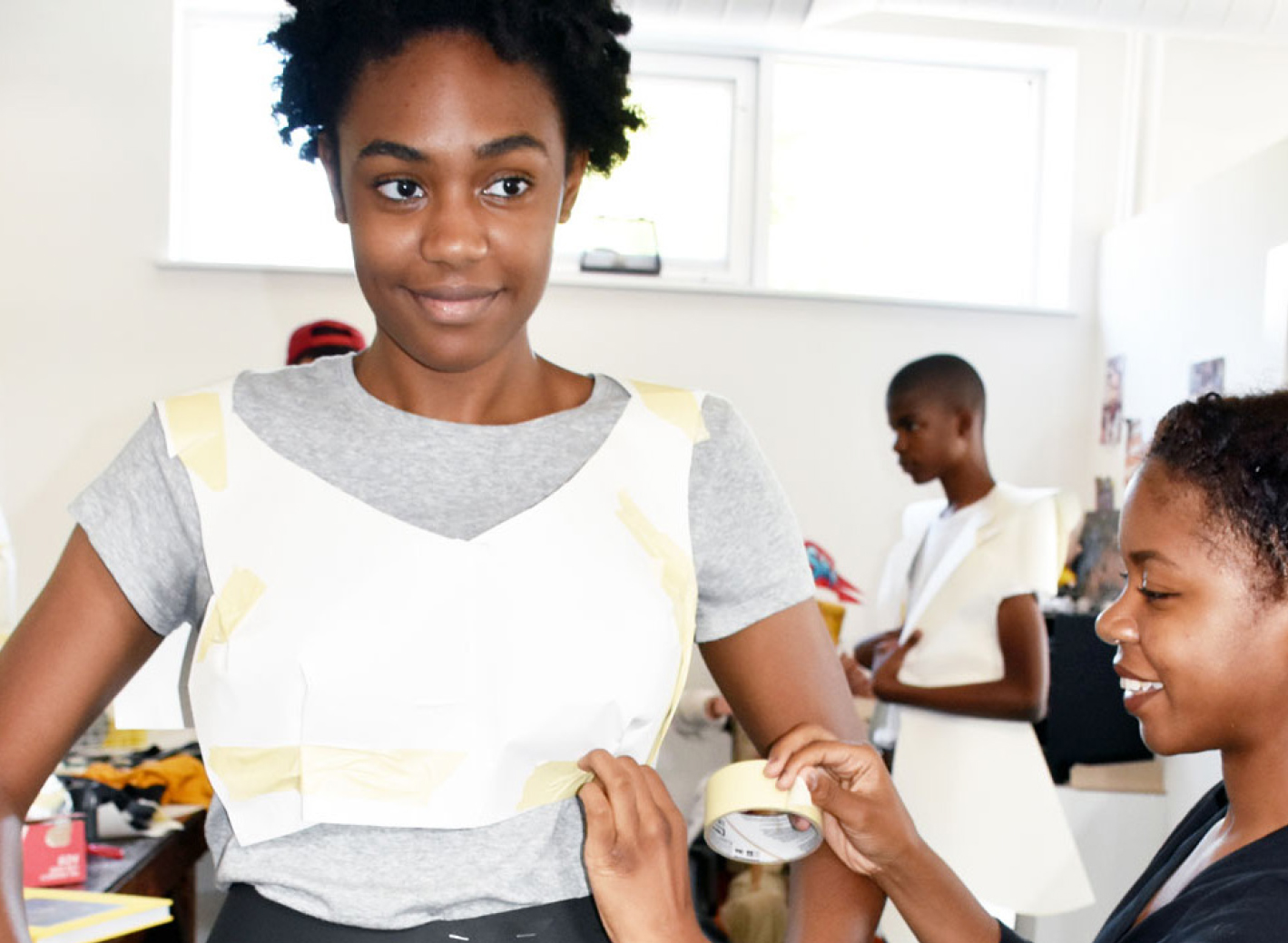
SkyART
Realizing Limitless Potential Through the Arts
Solution:
SkyART hired an external consultant to lead the board through a change process. The process resulted in the institution of a board “Champion” model. The consultant also assessed staff roles and recommended improvements to the organizational structure. He coached the Executive Director in board relations.
Results:
SkyART hired an external consultant to lead the board through a change process. The process resulted in the institution of a board “Champion” model. The consultant also assessed staff roles and recommended improvements to the organizational structure. He coached the Executive Director in board relations.
Lessons Learned:
SkyART hired an external consultant to lead the board through a change process. The process resulted in the institution of a board “Champion” model. The consultant also assessed staff roles and recommended improvements to the organizational structure. He coached the Executive Director in board relations.
AWF Support:
SkyART hired an external consultant to lead the board through a change process. The process resulted in the institution of a board “Champion” model. The consultant also assessed staff roles and recommended improvements to the organizational structure. He coached the Executive Director in board relations.

The Details:
In late 2014, the then 13-year-old community arts organization had just purchased a 6,000-sq. ft. facility and was readying itself to launch a $2 million capital campaign. SkyArt received a $13,000 grant to begin to prepare itself for the big task ahead. It worked with a consultant to improve board functioning and realign current staff to meet coming operational needs.
At the time, SkyArt had nine board members. The consultant, Jim Hirsch, helped create a “Champions” board model in which each board member committed to serving as a champion of two areas, such as programs and finance. In doing so, these two- person board teams served as mini-committees. Board members became much more engaged in the organization and began to collaborate with one another.
They were excited about the ideas generated and the opportunities ahead. It was this level of board engagement that was necessary for what was to be a successful capital campaign. The consultant also worked with staff, helping to set operating policies and clarify roles and relationships. Throughout, the consultant coached the executive director, supporting her during a crucial growth period of the organization. At the time of the grant, SkyArt had three full time and one part time employee and a budget of $390,000. Three years later, it had eight full time employees and the budget of $812,000.
The Takeaways:
The Champion model worked for SkyArt. But, over time, the focus on how the board was operating taper off as other priorities arose. Board engagement and functioning started to decrease. Just because you establish a model, it doesn’t mean that the board will function on its own. The board, and its operating cultural, need to be constantly nurtured. Four new board members have recently joined SkyArts and the organization will be reintroducing the Champions model because it feels it was a successful in helping the board and the organization reach its goals.